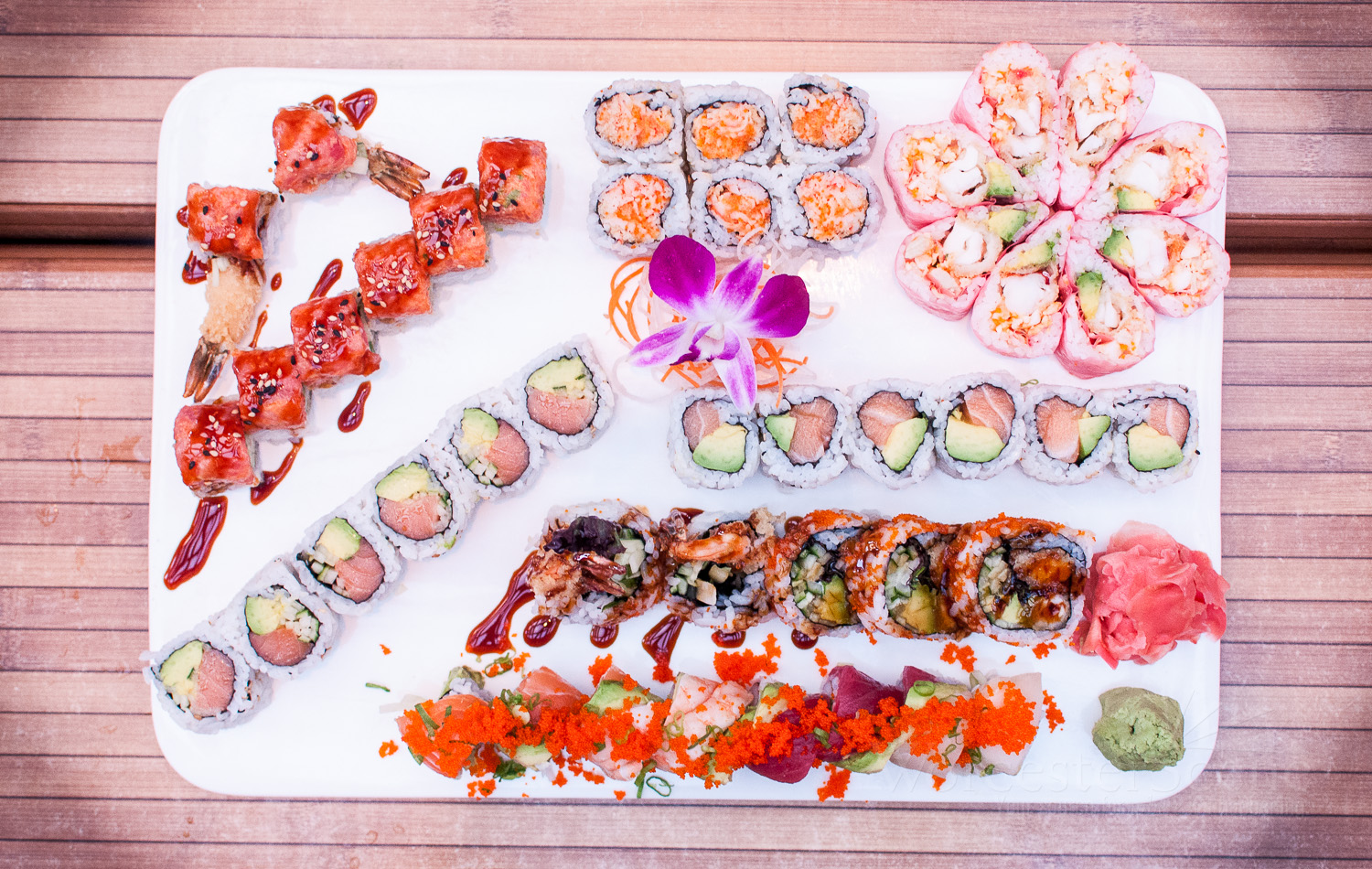
In a world divided, lays a common space of peace and tranquility, a space where bonds are created over pure laughter and where cultures collide to produce an endless list of harmonious perfections. It is the undeniable devotion society maintains to the existence of food. The studies of food examines the complex relationships among cultures and societies from numerous disciplines in humanities. The term alone can bring strangers, ex-lovers and newly immersed inquisitive minds into a state of nirvana.
In our “A Quick Bite With” series, we will examine the thought-provoking devotion or non-devotion to food, and analyze the various roles it plays within communities, industries and vocations. We take a deeper look into how society portrays this evolution of food as a past-time.
Amy Chase, owner of the Crompton Collective – an artisan and antique retail front with an expansive collection of local artists and designers in Worcester, MA – has led a sixteen year career in the fashion industry starting with a mobile vintage shop, The Haberdash, in early 2009 – a few years ahead of the trend. As an entrepreneur, role model and a business visionary, Chase’s passion for fashion is just as impressive as her passion for food.
“I love to eat and explore new places so traveling for food is always on my radar,” says Chase in a recent correspondence. Food is often the cause of travel and the concept behind destinations. “I often take day and weekend trips to eat some of my favorite foods. I love traveling to Maine to eat at Black Birch and Duckfat,” she says. While Black Birch offers a seasonal menu, Duckfat is rooted in its consistent items, luring in the attention of patrons and food enthusiasts from all over the northeast. The styles of choices among favorite dining spaces are centralized around two concepts: fresh ingredients and a rustic interior. Maybe, just maybe, this is a direct correlation between work and play for Chase. Her vocation as a fashion retailer and lover of all-things vintage can be revealed in her top choice for dining experiences. The artistic, creative and open sense of community in both, Black Birch and Duckfat is a reflection of Chase’s personal style, artistic appreciation and culinary love for creativity.
Of Swedish descent – a culture idolized by its non-heavy eating habits – Chase argues the simple notion that food ultimately serves a social purpose. “For me, dining is social,” she says. While the Swedish culture eats smaller meals throughout the day, oppose to the American three-full-meals routine, the Swedish do not pass up a good time with family and friends. Dining, whether for breakfast, lunch, dinner or even “fika” (traditional coffee breaks), is about spending the time socializing with friends and family. Fika is the moment in the day when all tainted blood, disagreements and stress cease for a simplistic cup of coffee and accompanying cinnamon bun. While looking forward to a specific meal is not something Chase builds into her daily routine, she does, however, incorporate friends and family into her meal breaks, frequently. “I start off my mornings at BirchTree Bread Company. It’s where I run into all of my friends and it’s where the local business owners, in my community, tend to hang out,” says Chase.
 Staying connected to a traditional, at-home, dinner is not the methods of a busy business woman conquering the city of Worcester one antique at a time. And although, there is no true ritual or prerequisite to indulge in culinary choreography, Chase expresses her association of food with celebration and eating-out. “When running your own business, work hours can be crazy. So, I eat out more than the average person and I love to celebrate with dining and food. Accomplishments are always a reason to share a good meal,” she states as she connects her enjoyment of a celebratory dinner and its local social-economic impact. “For me, it’s important to support small businesses and eat locally. Luckily, Central Massachusetts is filled with amazing food. I have also noticed that people are more aware of the impact of keeping money local and when I go out to eat, I often run into other small business owners. It’s nice to see the community supporting each other,” Chase says, pointing out her admiration for cupcakes at The Queen’s Cup, the margaritas at El Patron, and the impeccable sushi at Baba.
Staying connected to a traditional, at-home, dinner is not the methods of a busy business woman conquering the city of Worcester one antique at a time. And although, there is no true ritual or prerequisite to indulge in culinary choreography, Chase expresses her association of food with celebration and eating-out. “When running your own business, work hours can be crazy. So, I eat out more than the average person and I love to celebrate with dining and food. Accomplishments are always a reason to share a good meal,” she states as she connects her enjoyment of a celebratory dinner and its local social-economic impact. “For me, it’s important to support small businesses and eat locally. Luckily, Central Massachusetts is filled with amazing food. I have also noticed that people are more aware of the impact of keeping money local and when I go out to eat, I often run into other small business owners. It’s nice to see the community supporting each other,” Chase says, pointing out her admiration for cupcakes at The Queen’s Cup, the margaritas at El Patron, and the impeccable sushi at Baba.
Dining out may be the go-to answer for fulfilling the desires to taste new foods and balancing an unpredictable work schedule, but if Chase could decide on the perfect homemade dish, it would be her “grandmother’s macaroni and cheese” – a meal she ate every week growing up yet has not grown tired of.
Social structure suggests that, to live a happy life, society must consume three meals a day and while many struggle to find the time to prepare, cook and eat three full meals a day, Chase is exploring the role of food as purely social and embracing its ability to generate an amplified sense of happiness despite a non-traditional, three-meal a day routine. Intertwined with memories of homemade comfort foods and newly acquired tastes, Chase will continue to debunk the theory by exploring her eating habits with friends and family.



 Staying connected to a traditional, at-home, dinner is not the methods of a busy business woman conquering the city of Worcester one antique at a time. And although, there is no true ritual or prerequisite to indulge in culinary choreography, Chase expresses her association of food with celebration and eating-out. “When running your own business, work hours can be crazy. So, I eat out more than the average person and I love to celebrate with dining and food. Accomplishments are always a reason to share a good meal,” she states as she connects her enjoyment of a celebratory dinner and its local social-economic impact. “For me, it’s important to support small businesses and eat locally. Luckily, Central Massachusetts is filled with amazing food. I have also noticed that people are more aware of the impact of keeping money local and when I go out to eat, I often run into other small business owners. It’s nice to see the community supporting each other,” Chase says, pointing out her admiration for cupcakes at
Staying connected to a traditional, at-home, dinner is not the methods of a busy business woman conquering the city of Worcester one antique at a time. And although, there is no true ritual or prerequisite to indulge in culinary choreography, Chase expresses her association of food with celebration and eating-out. “When running your own business, work hours can be crazy. So, I eat out more than the average person and I love to celebrate with dining and food. Accomplishments are always a reason to share a good meal,” she states as she connects her enjoyment of a celebratory dinner and its local social-economic impact. “For me, it’s important to support small businesses and eat locally. Luckily, Central Massachusetts is filled with amazing food. I have also noticed that people are more aware of the impact of keeping money local and when I go out to eat, I often run into other small business owners. It’s nice to see the community supporting each other,” Chase says, pointing out her admiration for cupcakes at